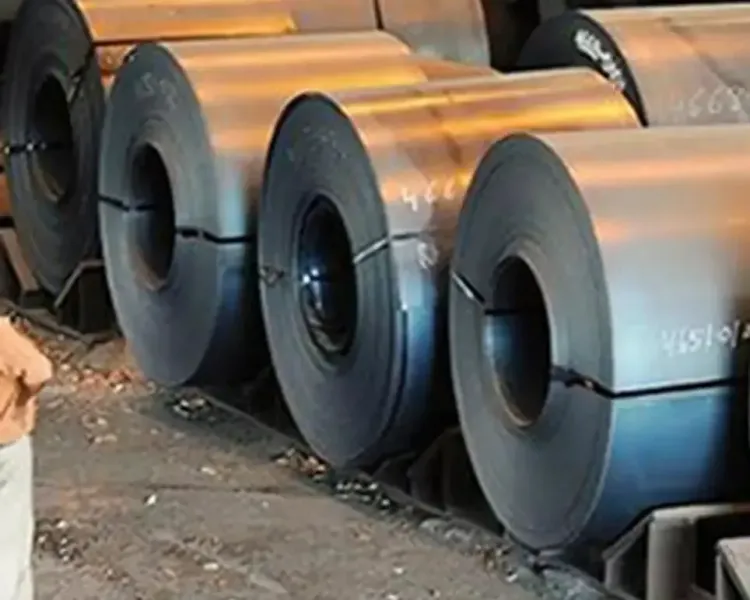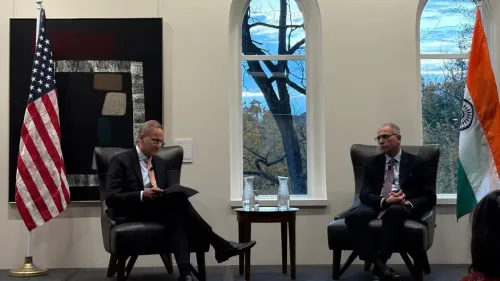Rise in US Steel Tariffs: Challenges and Opportunities for India, Says ICRA

Synopsis
Key Takeaways
- US steel tariff hikes could benefit Indian exports.
- Excess steel from Japan and South Korea may flood the Indian market.
- Indian steel imports from Asia could rise significantly.
- Potential displacement of high-cost suppliers in the US market.
- Domestic steel industry faces challenges in price stability.
New Delhi, Feb 12 (NationPress) The recent increase in tariffs on steel imports into the US from nations such as Canada, Brazil, the EU, and Asian countries like Japan and South Korea could have mixed implications for India's steel sector, as highlighted in an ICRA report released on Wednesday.
On one hand, this move could potentially create an opening for India's steel exports to the US market. Conversely, the excess steel produced by Japan and South Korea may find its way to India, thereby exerting downward pressure on prices and adversely affecting the domestic industry, according to the report.
The report indicates that approximately four million tonnes per annum (mtpa) of steel shipments to the US from Asian producers like Japan and South Korea, who previously enjoyed certain market advantages, could be redirected to rapidly expanding markets such as India.
Currently, these two nations are among the top three steel suppliers to India, contributing to 40-55 percent of the total finished and semi-finished steel imports. With the benefit of duty-free access due to free trade agreements (FTA) with India, there could be an uptick in imports from South Korea and Japan in FY2026 as they seek alternative markets for their previously US-bound shipments. This could place additional stress on domestic steel prices, further impacting the industry's profitability in FY2026.
In contrast to South Korea and Japan, China's involvement in the US steel market is minimal, as its exports are already subject to a 25 percent tariff. Hence, the shift in trade dynamics from China poses less of a risk following the latest tariff changes, as per the report.
Commenting on market trends, Girishkumar Kadam, senior vice-president at ICRA, stated: “While increased imports from Japan and South Korea present a significant downside risk, we also see potential upsides for the domestic industry. The cessation of the USA’s preferential trade regime could create a more balanced competitive environment, potentially displacing high-cost suppliers such as Canada, Brazil, the EU, and Mexico in favor of lower-cost providers from Asia. We estimate that about 19 mtpa of steel is imported into the USA from these high-cost regions. This scenario offers Indian manufacturers a chance to capture a share of this expansive market and enhance their export capabilities to the USA, which currently represents just 2-3 percent of India's overall steel exports,” he added.
According to ICRA, the US generally imports around 28-30 million tonnes of steel annually. The recent tariff adjustments are expected to affect approximately 6-7 percent of global steel trade flows, as markets adapt to the evolving landscape in the coming months. With about a quarter of the US's finished steel requirements being satisfied through imports, this indicates a substantial domestic shortfall, and the shift towards import substitution is likely to be a gradual process over several years.
Consequently, the US is expected to continue its steel imports for the foreseeable future, and in the short term, these restrictive measures are likely to exert significant upward pressure on domestic steel prices, the report concluded.









